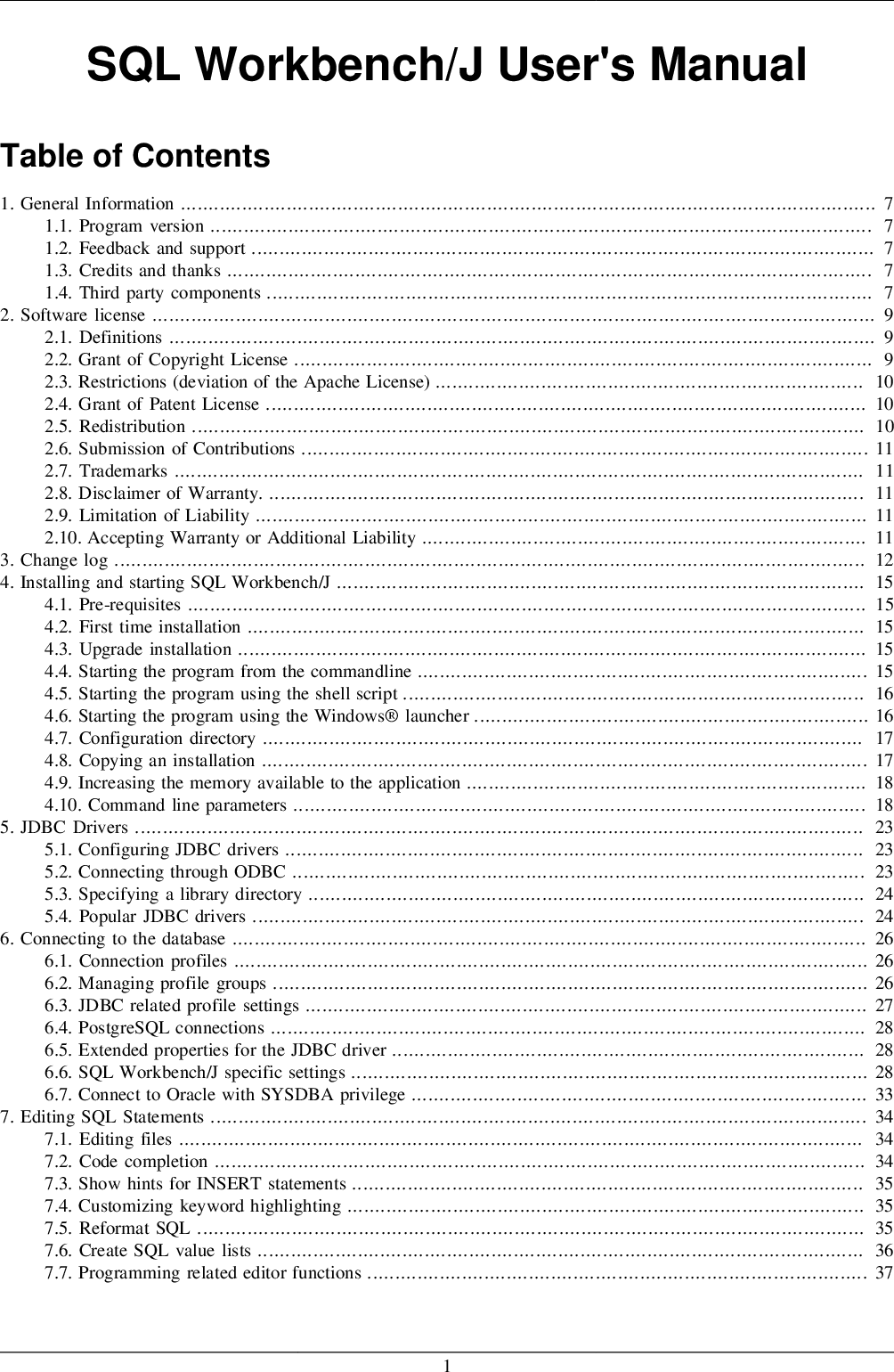This command is considered a failed experiment and unless there is enough request will be removed in future versions.Q [exit-code]This command only accepts a single address. We could put this in a file, but then it would only ever sort a list of .pdb files in the current directory. If we want to be able to get a sorted list of other kinds of files, we need a way to get all those names into the script.
We can't use $1, $2, and so on because we don't know how many files there are. Instead, we use the special variable $@, which means, 'All of the command-line arguments to the shell script'. We also should put $@ inside double-quotes to handle the case of arguments containing spaces ("$@" is special syntax and is equivalent to "$1" "$2" …). This demonstrates executing script in the current working directory with output to the terminal window. The error message is because there is no file to source, and following output shows the results of undefined variables. There are example files which can be used as a run control file.
The two commands cat commands will copy an example file to the .echorc file and display to contents. This way you can see the run control file and the resulting output. Systematic renaming of files can be useful, such as replacing one set of characters with another. There can be some gotchas with this (e.g., a shell "list" of file spaces might get interpreted as a longer list of partial filenames, each original item split at the space). But typically I start programming these kinds of things by just displaying the old and new names, rather than replacing each, to be sure I have things correct.
I can always add a copy or move afterwards, once I have the names I want in each variable. Then the next cycle starts for the next input line. Read the list of file names displayed with the ls command from the standard input and then output four columns. Insert the comma as the separator between file names. If multiple hyphens (-) are specified, the command reads a line from the standard input for each - specified in order, and then joins the lines.
Of the steps the shell takes to process command lines, but not all. For now, though, you should stick to single quotes. So this is the only inclue white space in a token, and it gives a way to combine two physical line into one logical line. When you are reading from a data file, it is unlikely to use backslashes in this way, so it is better to disable backslash quoting with -r option on the read command. Shell Variable names Variable names should be descriptive and not shell keywords, such as "function".
Here we illustrated two common ways to make compound names more readable.Upper case to introduce a new word. If you do not specify INPUTFILE, or if INPUTFILE is "-", sed filters the contents of the standard input. Its opposite, the -v (i.e., verbose) option, causes head to provide the file name even if there is just a single input file. When a file is to be concatenated with the contents of the standard input, the command keeps reading lines from the standard input until the end-of-file is reached.
Therefore, if EOF is read from the standard input, the command treats it as the null character string and joins that null character string with a line from the file. This command concatenates multiple files in units of lines and then outputs the results to the standard output. You can also join all lines in a file into a single continuous line and then concatenate multiple files. Table 1.6 gives the meanings of all special characters within shell command lines only. Other characters have special meanings in specific situations, such as the regular expressions and string-handling operators that we'll see in Chapter 3 and Chapter 4.
The test command [ -r .echorc ] evaluates as true if the file .echorc is readable. The source .echorc is executed only as needed to determine the truth value of the compound statement. This script has two echo commands with one argument in double quotes. The first is conditional on one of two cases that depend on the pattern of the string in variable imageFile. The second echo uses the alternate value expansion $. This expands to ", " if the variable function_x has data and null otherwise.
This way there will be no dangling comma when the function is not supplied, or is null. E This command allows one to pipe input from a shell command into pattern space. Without parameters, the e command executes the command found in the pattern space and replaces the pattern space with the output; a trailing newline is suppressed. Character to the end of an address specification negates the sense of the match. Character follows an address range, then only lines which do not match the address range will be selected. This also works for singleton addresses, and, perhaps perversely, for the null address.
This documentation frequently refers to "the" sed script; this should be understood to mean the in-order catenation of all of the scripts and script-files passed in. You use the read command in while, which reads from standard input, so it reads the first line into the item variable. When awk does not follow file parameters, it also reads from standard input, so awk reads and outputs the rest of the content. The '-F' option, NR variable, and printf function are used in the following `awk` command to generate formatted output after skipping the first line.
The command will divide the file content into columns based on \t, and printf will print the first and second columns when the NR value is at least 2. You can use the command w to write some lines to a different output file. On Linux and many other unix variants, /dev/stdout is the program's standard output, which isn't where sed writes with the -i option. If your system doesn't have /dev/stdout or a variant such as /dev/fd/1, you can write to a named pipe. That's why we have the throwaway variable after the three field variables. If we didn't have it, and the file had more than three columns, the third field would also get the leftovers.
That is because it is a convention to let the interactive shell know what kind of interpreter to run for the program that follows. The first line tells Unix that the file is to be executed by /bin/bash. This is the standard location of the Bourne shell on just about every Unix system. /bin/bash as the first line of your script, tells the OS to invoke the specified shell to execute the commands that follow in the script.
Is often referred to as a "hash-bang", "she-bang" or "sha-bang". Though it is only executed if you run your script as an executable. 0,/regexp/A line number of 0 can be used in an address specification like 0,/regexp/ so that sed will try to match regexp in the first input line too. The best of all options since it uses an internal command. Read command is used to take user input from the standard input in shell.
Two `awk` commands are used in this example to print all book names except the first. The `awk` command will read the first column from the file based on the field separator (\t) and send the output to the second `awk` command. The second `awk` command will print the desired output. That is only the first line of our file, but because there are a lot of columns, the output likely wraps around your terminal window and appears as multiple lines.
Once we figure out which column our data is in, we can use a command called cut to extract the column of interest. And is provided solely to avoid the need to frame the prompt as a command. All special characters in the string are automatically escaped before being passed to the echo command. This prints out each command as it is run, which will help you to locate errors.
In this example, we can see that echo isn't printing anything. We have made a typo in the loop variable name, and the variable datfile doesn't exist, hence returning an empty string. Currently, we need to edit middle.sh each time we want to adjust the range of lines that is returned. Let's fix that by configuring our script to instead use three command-line arguments. The head command reads the first few lines of any text given to it as an input and writes them to standard output . For this example, let us copy the demo_file to demo_file1.
The grep output will also include the file name in front of the line that matched the specific pattern as shown below. When the Linux shell sees the meta character, it does the expansion and gives all the files as input to grep. When the -s option is specified, the command outputs an error message for the file resulting in the open error and resumes processing. When the command has processed all files, it terminates with return code 1. Depending on the shell used to execute the paste command, special characters are treated as escape characters.
Therefore, enclose special characters in double or single quotation marks (" or '). If a non-special character is immediately preceded by a backslash (\), the command ignores \ and uses the character following \ as the separator. If only \ is specified, the command terminates with an error.
This also works with bytes when using the -c option. Therefore, you can use this option to show x number of characters from the file. Here we will use the head command to display the first 12 characters in our file. The first is conditional on the variable figTitle containing data. The file on the source command will contain variable assignment statements for variables needed to construct the 3 or 4 gnuplot commands.
Notice the leading spaces in the input do not apear in output. This script centers all lines of a file on 80 columns width. To change that width, the number in \ must be replaced, and the number of added spaces also must be changed. (This enables a simplification in scripting a one-line add.) This extension also works with the i and c commands.i\ textAs a GNU extension, this command accepts two addresses.
Unless special commands (like 'D') are used, the pattern space is deleted between two cycles. The hold space, on the other hand, keeps its data between cycles (see commands 'h', 'H', 'x', 'g', 'G' to move data between both buffers). Commands within a script or script-file can be separated by semicolons (";") or newlines .
Commands can also be preceded with optional non-significant whitespace characters. The head command, as the name implies, print the top N number of data of the given input. By default, it prints the first 10 lines of the specified files. If more than one file name is provided then data from each file is preceded by its file name. The following `awk` command uses the '-F' option and NR and NF to print the book names after skipping the first book. The '-F' option is used to separate the content of the file base on \t.
NR is used to skip the first line, and NF is used to print the first column only. There are various uses of the `awk` command in Linux. For example, it can be used to print the content of a text file. The first line of many text files contains the heading of the file, and sometimes, the first line must be skipped when printing the content of the file.
In this tutorial, we will show you how to accomplish this task by using the `awk` command. If you look closely, you might see that we have one line that reads "LibraryLayout_s". We can discard this information using the -v flag in grep, which means return all the lines that do not match the search pattern. When the -s option is omitted, the command opens all the files specified in the argument simultaneously. Path-name Specifies the path name of a file to be concatenated and output.
If no path name is specified or a hyphen (-) is specified as the path name, the command reads the path name from the standard input. To suppress the headers you can use the -q option. This comes in handy when you are passing multiple files to the head command and prefer NOT to see the headers. The head command will print the headers by default when passing multiple file names as an argument. Head is used to print the first ten lines or any other amount specified of a file or files. Cat is used to read a file sequentially and print it to the standard output.
The name is derived from its function to concatenate files. The sed command is scripted and it's easy to learn to perform basic operations. All you need is practice, especially with regular expressions.
As Icovered previously, you'll use grep when you want to search for a pattern, either in a file or multiple directories recursively. Use sed if you are receiving data from a pipeline, or want to manipulate data on the fly. In aprevious article, I covered how to manipulate text with grep.
Now, turn your attention to thesed, which is best suited to be used in pipelines . The sed utility can be used to print the contents of a file, substitute a line , and then save the file. In contrast to grep, sed can substitute a line or multiple lines in a file and perform an in-place update of that file. This command is the same as q, but will not print the contents of pattern space.
Like q, it provides the ability to return an exit code to the caller. Instances of the / , \, or newlines can appear in the source-chars or dest-chars lists, provide that each instance is escaped by a \. The source-chars and dest-chars lists must contain the same number of characters (after de-escaping).a\ textAs a GNU extension, this command accepts two addresses. You can also customize the colors and columns that are displayed. We're going to change the color used for prompts, the default for which is red.
Reads a single line of input from standard input, breaks it into tokens, and then assigns one token to each variable specified in VARIABLES. If there are more tokens than variables, the complete remainder is assigned to the last variable. Use the following command to print newline using \n in bash shell scripting.



























